Developing Trans Inclusive Content
Practical advice and best practices from GLAAD to inform the process of writing, optioning, and developing content that centers trans narratives. To learn more and book a training or consultation, contact GLAAD directly.
Partner:

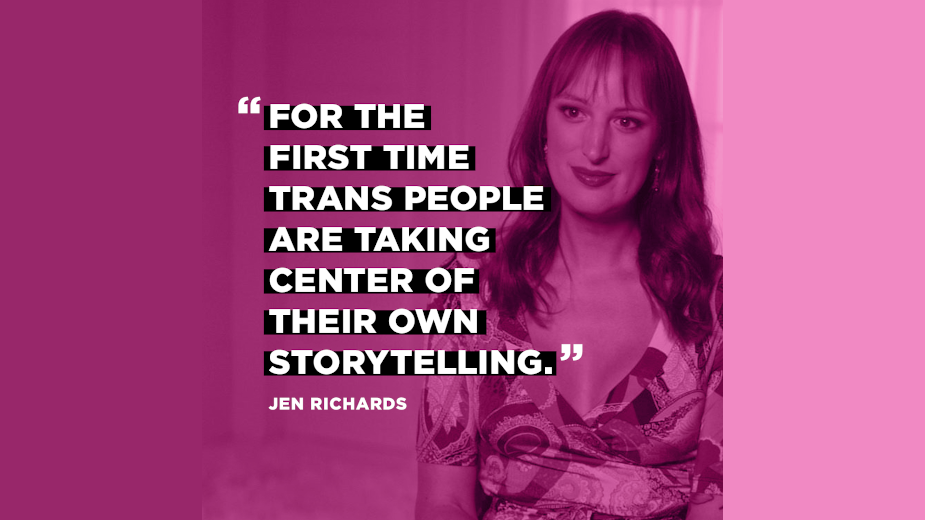
"We know that the best storytelling is diverse storytelling, and it’s clear that Hollywood is at a tipping point. Studios and production companies are bringing more people into the creative process, hearing their stories, and creating better films and TV shows because of it. It is time for transgender people to be included in this conversation."
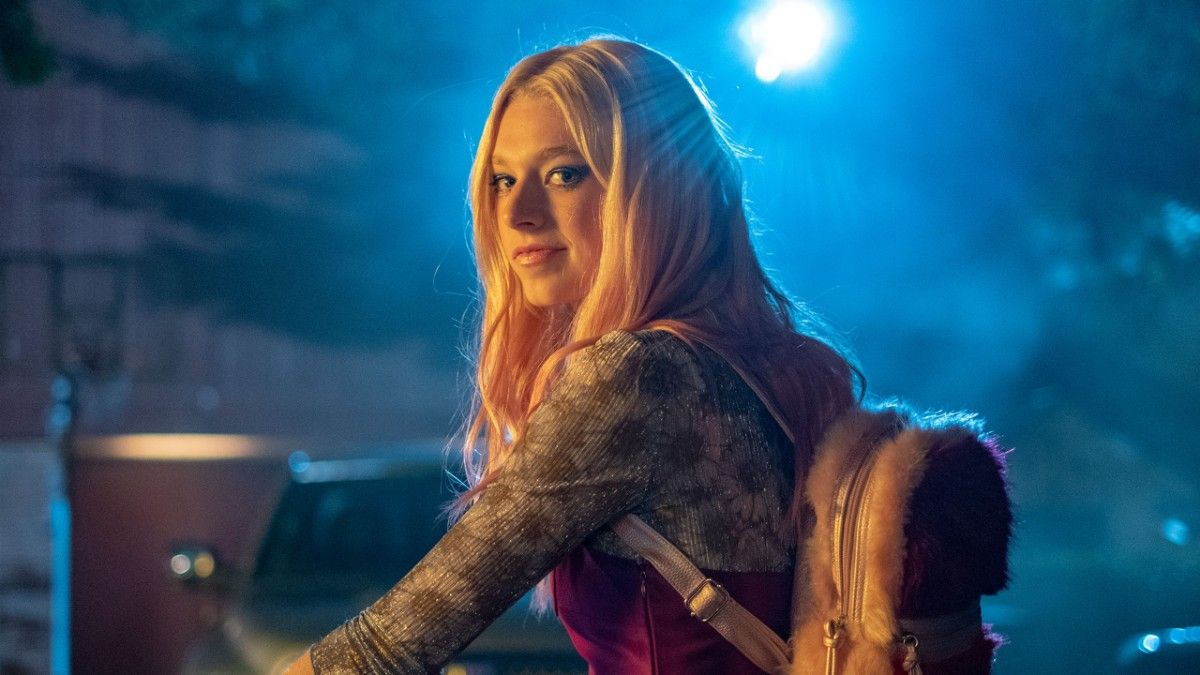
I’d like to make content with transgender and/or nonbinary characters.
Fantastic! Have the conversations necessary to understand the nuances within this world. We’re having those conversations with women, people of color, people with disabilities, and people from diverse faith groups to tell their own stories. This is just another way to include more voices at the table. Seek out and get to know trans storytellers and creators. Take it slow, meet and greet, build relationships. Just like any other artists that you bring in who may not share your same background, be aware of your gaze, the lens through which you see things.
Download the GuideI already have a movie or TV script about trans topics but it’s been generated without any trans collaboration.
Things have been evolving very quickly and the cultural landscape is really starting to come into focus now. It’s never too late to pause and bring in those experienced trans people to partner with you on your vision moving forward.
I found a great book or story, and it’s about trans or nonbinary characters. I’d like to adapt it myself or find someone to adapt it.
If the work is not created by a trans person, start by talking to an experienced trans content creator about the merits of the book. Non-trans writers often bring their cisgender perspective to the books they write too.
I found a great book, and it’s written by a trans or nonbinary person. I’d like to adapt it myself or find someone to adapt it.
Can you collaborate on the adaptation with the person who wrote the book? If the trans writer isn’t available to adapt the book, the closer you can match the POV and gaze of the screenwriter to the person who created the work, the better. If a trans woman of color generated the IP you are working with, look for a trans woman of color to adapt it. If you hire a cisgender screenwriter to adapt the book, they may not capture the nuances of the trans experience that make the book so powerful.
I heard about a really interesting trans person in history, and I want to tell their story.
We recommend you proceed with caution when approaching stories about trans people in history. Trans people have always existed in every community, culture, and country around the world. Unfortunately, reports about transgender men in history have often been distorted by describing them as women living as men to get a job, and transgender women are dismissed as men who passed as women. The history is further complicated because today’s trans terminology wasn’t used in the past, and because the ability to medically transition with hormones and surgeries didn’t begin until the early Twentieth Century. As an artist, it’s important not to project onto people in the past ideas and concepts that didn’t exist in their time. However, some people in history were trans. To do their stories justice, you need to know a lot about the history of the trans community. There are people who study and understand how trans people existed in the past, and it’s important that you talk to them.
Contact GLAAD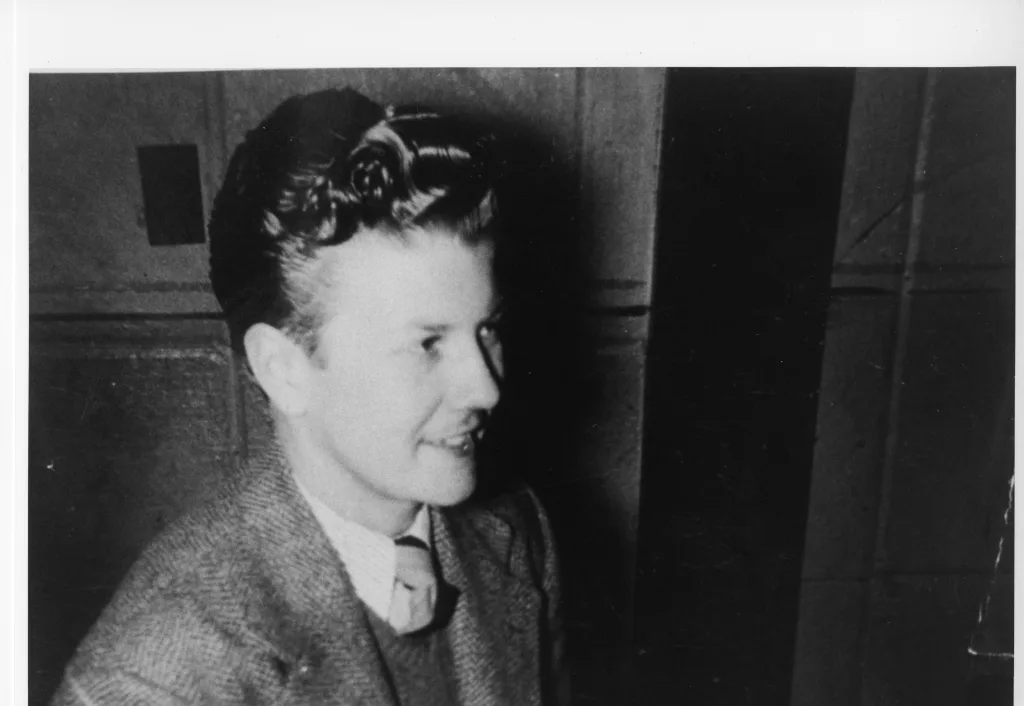
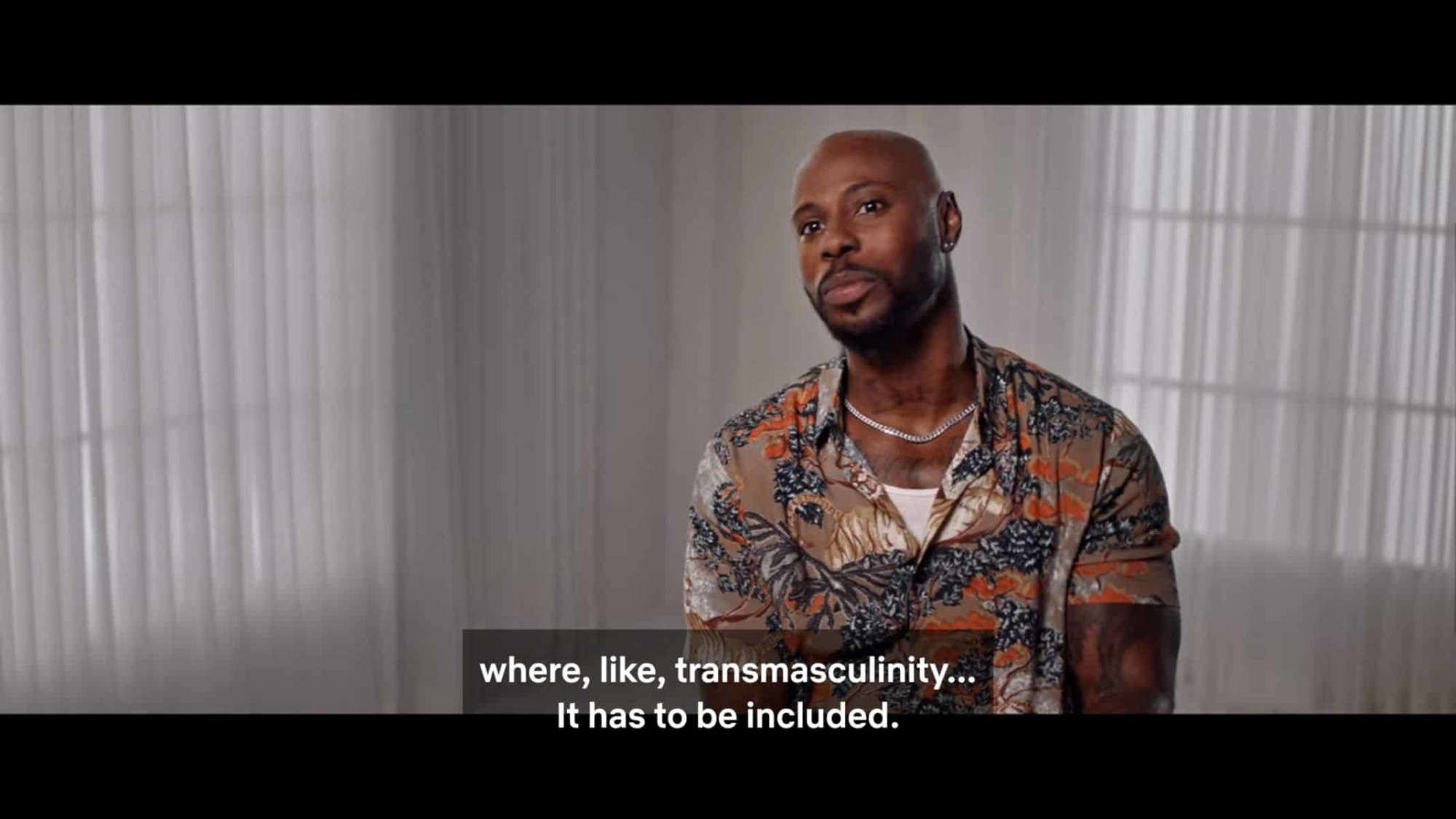
I’ve read the above, but I’m gay or lesbian, can’t I figure this out myself?
If you are not trans, you’re still likely to project your own ideas and experiences with gender expression onto trans characters.
I’ve met some trans people I want to bring in.
Fantastic. But be sure you haven’t just hired the first trans person you met at a party – not everyone is an expert on storytelling and content creation. It’s important that you seek out and work with experienced trans creators and storytellers. There are trans people today who have experience directing TV and feature films, working in writers rooms, and producing. Additionally, check out trans people creating content in playwriting, novels, poetry, art, memoir, academia, and comedy.
I’ve identified and surrounded myself with one or more trans people. What now?
Empower and enable the trans people you hire. That means encouraging them to push back on you creatively, especially when it comes to the specificities of the trans experience. There is often pressure, explicit or otherwise, for a trans person to toe the party line when working on projects originated by powerful cisgender people.
Ideally you’ve hired experienced people who understand storytelling and content creation, not just someone who happens to be trans. But even some of those experienced trans creators may need extra support in the form of mentoring and feedback. The trans people you bring in, especially in entry level jobs, won’t necessarily enter the room with that sense of belonging that straight white cis people have. Be aware of both your – and their – levels of privilege and act with kindness and empathy.
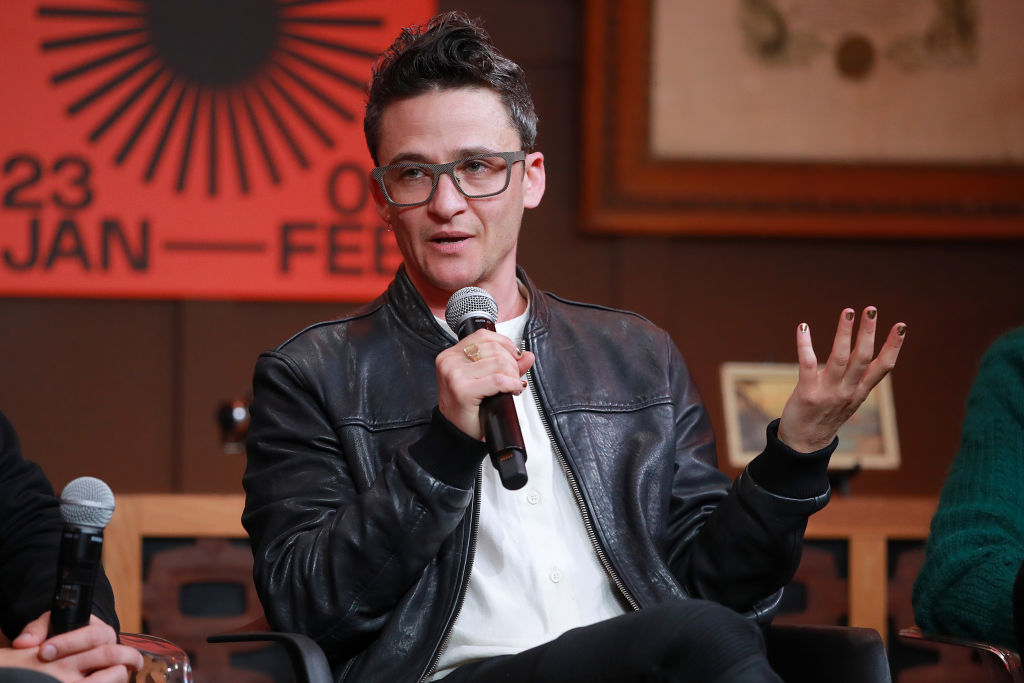
Okay then, if it’s so complicated, I just won’t make trans content.
Wait! The best thing you can do is still tell a good story and surround the trans lead in your cast with big names to build the budget. Audiences are ready for these stories and these characters, and you’ll be riding the wave of the future. Over the past year, Breakdown Services/Actors Access made it possible to search for trans actors, the Casting Society of America launched a global casting call for trans actors, A Fantastic Woman received the Oscar for Best Foreign Language Film (trans actress Daniela Vega was the film’s lead), and FX’s Pose premiered to critical acclaim and widespread buzz with five trans women of color as series regulars. It’s only a matter of time before history is made by the first trans actor to win an Academy Award or an Emmy for acting – maybe in your project!
More resources for Development
#WriteInclusion Factsheets
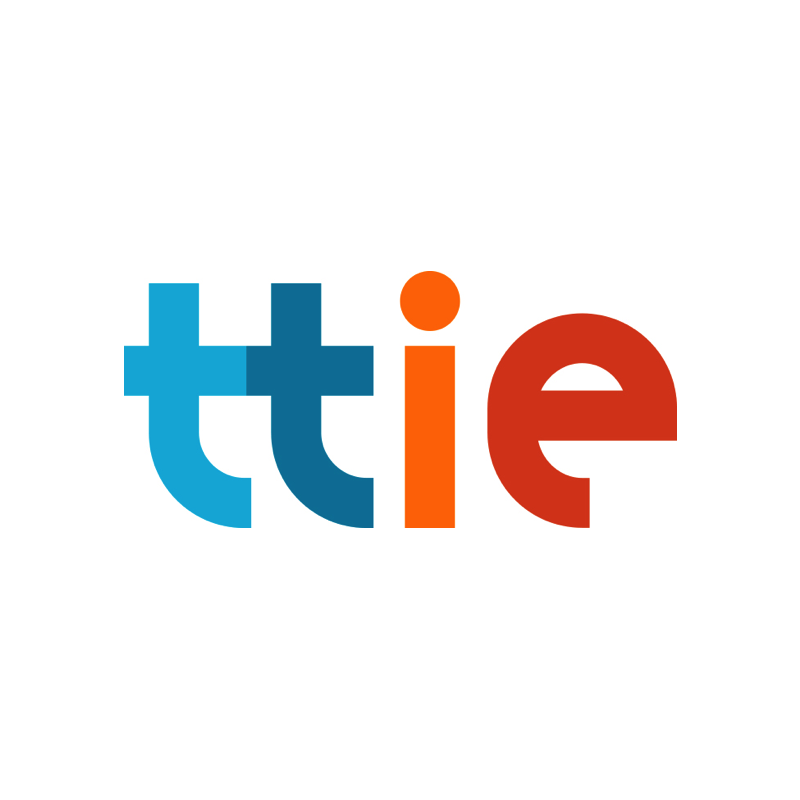
Developing Material
Developing Material
DEAR Hollywood: Advancing Latinx Representation
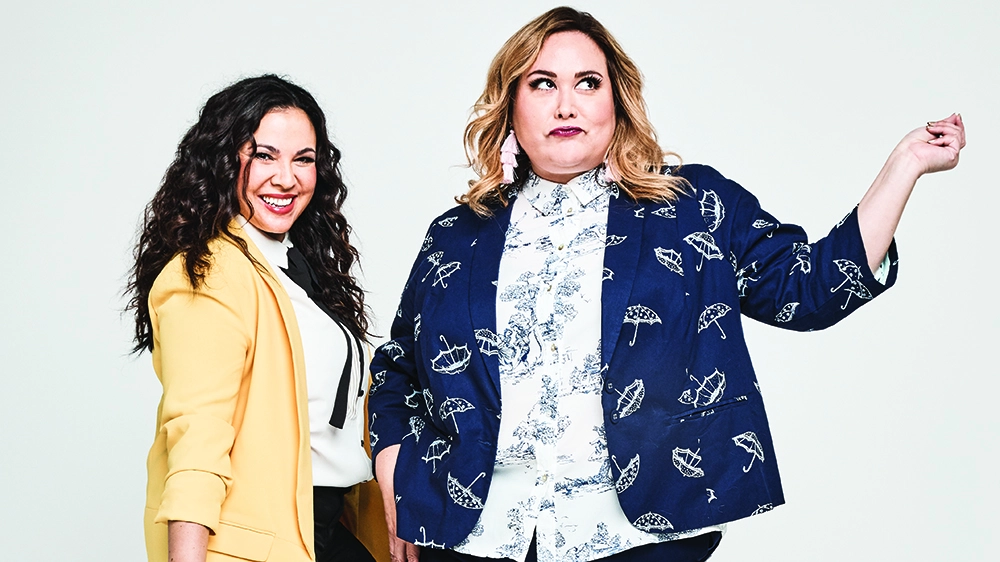
Cultural Consultation: Storyline Partners
Developing Material
Developing Material
Films With A Cause: Inclusive Consulting for Elevated Storytelling
